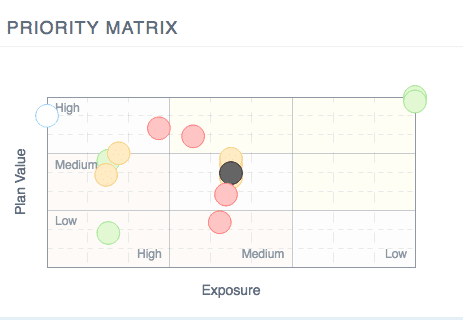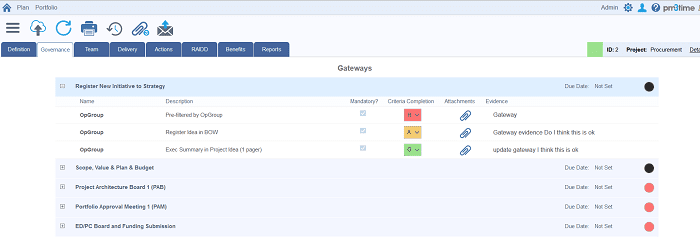After Covid-19, organisations will need to reconfigure and work out how best to survive and thrive in the world or the ‘new normal’.
Projects will be axed, and some new ones will be launched; probably cost reduction or recovery programmes. It is easy to cut projects and functions, but it is harder to work out what to invest in for the future and which projects need to continue.
There will also be a call to cut that perceived overhead function, the Portfolio Management Office (PMO). In most cases this would be a short-sighted mistake as the PMO should be the powerhouse that advises senior management on what projects to kill and what to continue.
It also has the power to ensure important projects and programmes are being run effectively and will deliver the required organisational outcomes.
The caveat here is that the PMO needs to be the ‘value-adding’ kind and not the box ticking, report gathering, administration function that it so often is.
In many organisations the PMO has matured and is staffed by the right seniority of staff to be the ‘eyes and ears’ of senior management. Now is the time to unlock the power of the PMO so it can deliver huge value to the organisation in these ‘new normal’ times
If the PMO can legitimately kill projects before they get started or early in their lifecycle, the organisation will save money, time and resources not doing projects that deliver either insufficient benefits or are now misaligned with the organisational objectives.

Without the cool heads of an independent PMO, there is always the danger that projects will be added to the portfolio that are pet projects and are primarily being launched because the sponsor has the ‘loudest voice’, This ‘decibel management’ prioritisation process is not prioritisation at all and the danger is that money and resources are not efficiently allocated to the right projects and programmes.
The PMO has no axe to grind and does not sponsor projects. This allows the PMO, if it is a strong PMO, to manage the project prioritisation process in an objective manner. Projects are typically prioritised against a set of criteria including:
The PMO can run their ruler over each project submission and ensure that projects are objectively assessed against these criteria. This stops pet projects being implemented or launched and ensures that any organisation’s limited resources are directed at the projects that will deliver the ‘best outcomes’.
The PMO has a role not just in helping to define objectively what should be in the portfolio, as described above, but also they should be constantly monitoring the performance of each project and programme in the portfolio and asking two questions:
The portfolio must be regularly assessed as things change. For example:
The PMO must regularly monitor the portfolio and some projects may need to be stopped because they may not now deliver against the organizational objectives or the cost or risk has become unacceptable.
Without the PMO, who is going to do this objective assessment? It is unlikely to be the sponsor of the failing initiative or the project manager – who may be a contractor.
If the portfolio is made up of the ‘right projects’, the PMO still has a role to ensure that the projects are being delivered properly, i.e, to a level of quality and standard that are required.
You may have a very important and compelling project in the portfolio but if it is not being managed properly or to standard then there is a high probability that the project will not deliver the organisational outcomes or, if they are delivered, they will cost more or be poorly implemented.
Again, the objective and independent PMO has a role to monitor the performance of key projects. This is typically done by using stage or quality gates. These quality gates are designed to ask two questions:

Gates are a really good descriptive term for monitoring your projects. The PMO needs to check whether the project has managed to pass the ‘gate hurdle’ so it can proceed to the next stage of the project life cycle.
Without this gate process the danger is that failing projects continue to consume money and resources that could be better spent on other projects.
Post Covid-19, organisations need the PMO more than ever to ensure that the right projects are being delivered in the right way. It would be a big mistake for senior management to axe the PMO function as it is deemed an overhead.
In reality, if the PMO is the ‘right kind’ of PMO and carries out the activities described in this blog, the PMO pays for itself many times over. Axing one project or bringing a runaway programme back on track would easily cover the cost of an efficient, value adding PMO. It is now time to unlock the power of the PMO!

Our products help you deliver successful change programmes and projects by always focusing on the overall business outcomes. Find out how our products can help you.
Tell me more Request a demoThe majority of PMOs that are, what we call ‘value-adding’ PMOs, will need to produce dashboards...
Read more >Are you thinking of doing the PRINCE2 certification? Contemplating sending your consultants off to o...
Read more >It is critical that you take steps to select the right PPM tool as the wrong choice can have a negat...
Read more >